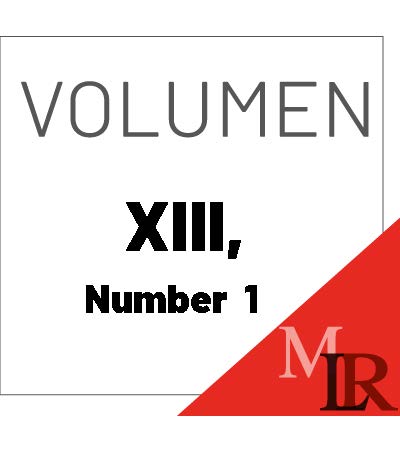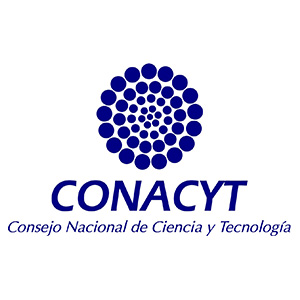Review of the International Patent System: From the Venice Statute to Free Trade Agreements
Main Article Content
Abstract
The current international patent system emerged within certain economic, political and social conditions in specific territories and periods. It has its historical roots in the Statute of Venice (1474), the Statute of Monopolies (1624), the United States Patent Law (1790), the French Patent Law (1791) and the Paris Convention (1883). Over time, these laws shaped a new model, which currently prevails. To strengthen the analysis of this article, the Agreement on Trade-Related Aspects of Intellectual Property Rights (1994), as well as free trade twentieth century agreements are integrated into the discussion. It is worth noting that each amendment stressed the economic relevance of the patent and its use to benefit certain economic elites through the creation of monopolies. Consequently, the debate on the purposes and nature of the international patent system has also been constant from its emergence to the present. This article provides basic elements for reflection about the origin, purposes and scope of national patent models implemented in Latin America within the global trend of scientific-technological innovation for development.
Article Details

Este obra está bajo una licencia de Creative Commons Reconocimiento-NoComercial-SinObraDerivada 4.0 Internacional.




















